Vintage Tribal Kilim Runner 4' 1" x 10' 11" (49" x 131")
Type:
Kilim RugsCollection:
Tribal RunnersID:
K0052279Size:
Material:
The designs feature a rich array of symbols representing tribal culture and Anatolian motifs, often in the form of medallions, diamonds, and other geometric shapes.
The designs feature a rich array of symbols representing tribal culture and Anatolian motifs, often in the form of medallions, diamonds, and other geometric shapes. These kilim runners are ideal for hallways and narrow spaces, offering a touch of ethnic charm and artisanal quality to any interior.
Herki kilims not only serve as functional floor coverings but also as artistic expressions of tribal identity, making each rug a unique cultural artifact.
Design Elements
- Geometric Patterns:
- The rug features a series of diamond shapes, which are typical in tribal kilim designs.
- These geometric patterns represent harmony and balance, symbolizing the interconnectedness of life.
- Symmetrical Layout:
- The symmetrical arrangement of motifs contributes to a sense of stability and order.
- This structure often reflects the traditional principles of design used by the weavers in their cultural narratives.
- Texture:
- The flatweave technique highlights the texture of the rug, allowing the colors and patterns to stand out effectively.
- This tactile quality invites closer inspection and appreciation of the craftsmanship involved.
Colors
- Bright and Bold Shades:
- The use of vibrant colors such as pink, blue, green, and orange evokes a sense of joy and liveliness.
- The combination of colors may reflect the natural landscape or the cultural heritage of the region from which the kilim originates.
- Contrast:
- Contrasting colors enhance the visibility of the motifs, making them stand out against the background.
- This contrast also adds depth and complexity to the overall design, creating visual interest.
- Natural Dyes:
- Many of the colors are derived from natural dyes, which may influence the subtle variations in hue and saturation.
- This use of organic materials connects the kilim to its cultural and environmental context.
Main Motifs and Their Symbolism
- Diamond and Geometric Shapes:
- Often symbolize protection and strength, believed to ward off negative energies.
- These shapes are integral to various cultural beliefs, representing the earth and sky's balance.
- Rhombus Patterns:
- These patterns symbolize wealth and prosperity, which are important aspects of tribal life.
- They reflect the importance of social and economic stability within the community.
- Color Significance:
- Red often represents life, energy, and passion.
- Blue is associated with peace and spiritual depth.
- Green symbolizes nature, fertility, and renewal.
- Yellow may signify joy and abundance.
Summary
The vintage tribal kilim runner presents a rich tapestry of geometric patterns and vibrant colors, woven with cultural significance. Its bold design employs symmetry and texture, enhancing visual appeal and depth. The symbolism behind the key motifs—particularly diamond shapes and rhombuses—embodies protection, wealth, and balance, while colors evoke emotions tied to life, nature, and spirituality. This rug represents not only artistry but also the values and beliefs of the culture it originates from.
- Ships in 1-4 business days
- Only one in stock, handmade, unique
- Free shipping via FedEx Express. Easy returns
- Contact us or add a note to your order if you want us to delay your shipping.
- Request more info if you want this rug shorter or narrower
Colors may appear slightly different across various monitors due to screen settings device differences, and external lighting conditions. If color accuracy is important for your space, we recommend viewing the rug on multiple devices or contacting us for a detailed color description. We can provide detailed photos and references using Sherwin-Williams, Benjamin Moore, Pantone, or even Crayola crayons.
You can also visualize most of our products in your own room with AR (augmented reality) on an iPhone or iPad.
Return Policy
Need a rug pad? We recommend RugPadUSA
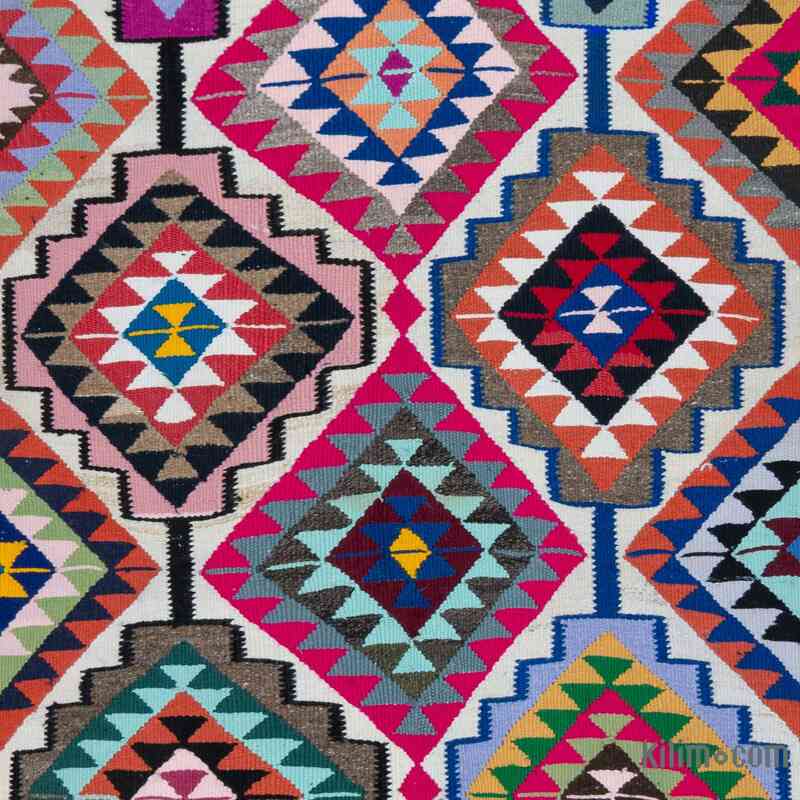
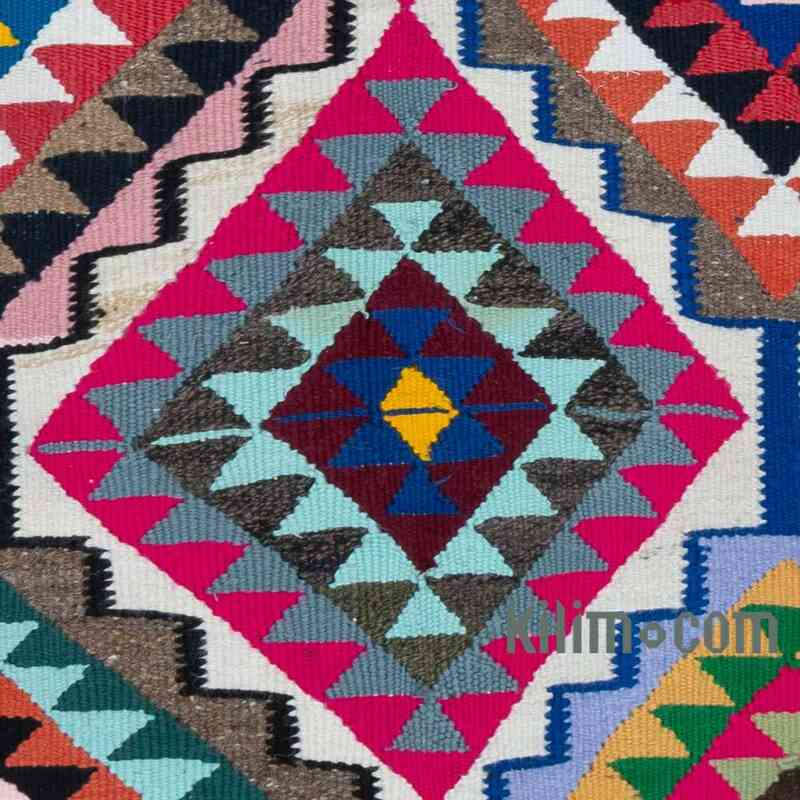
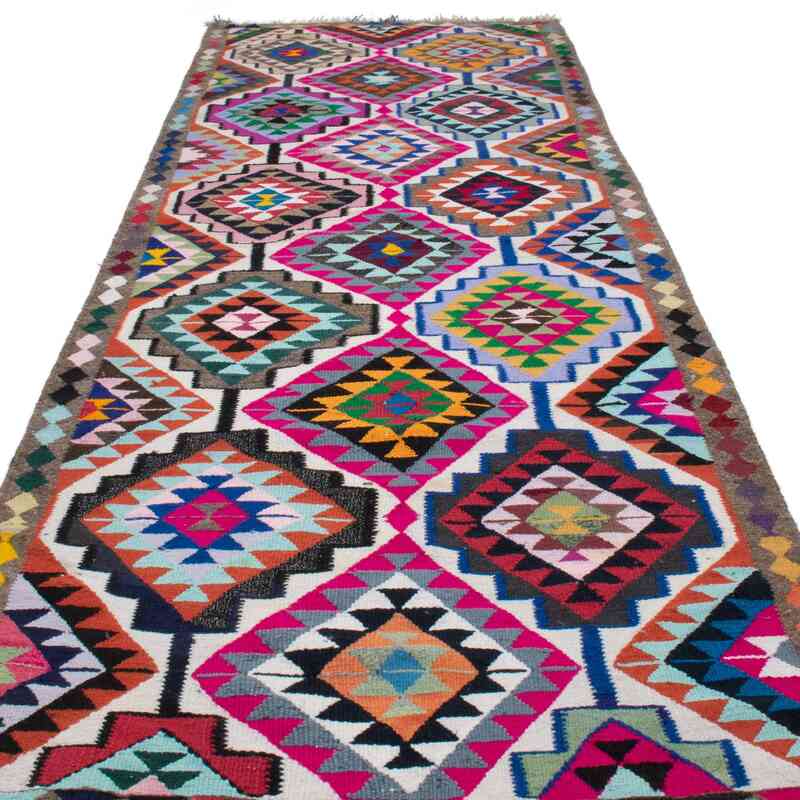
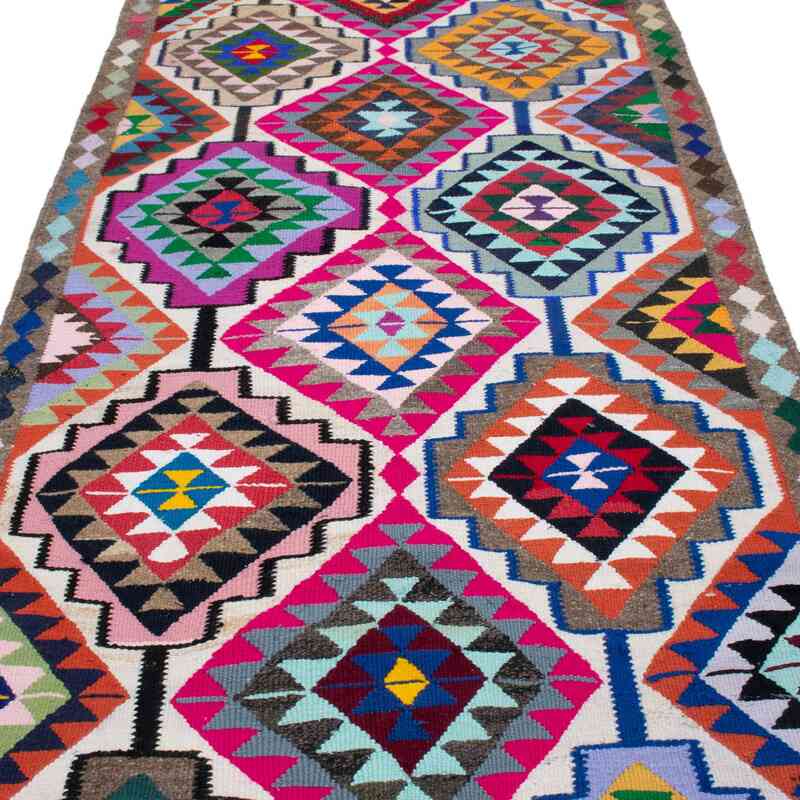
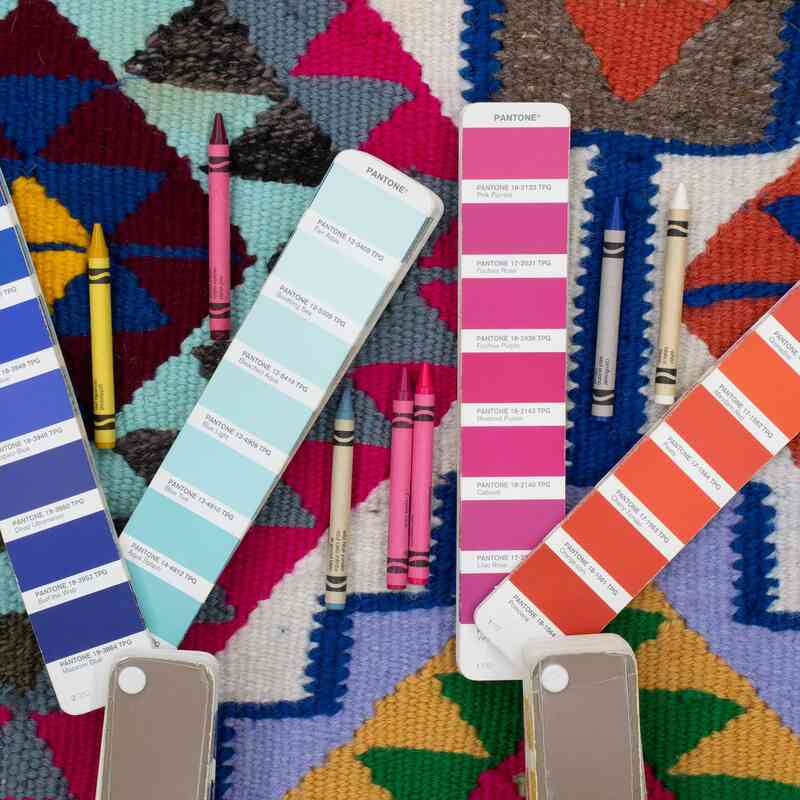
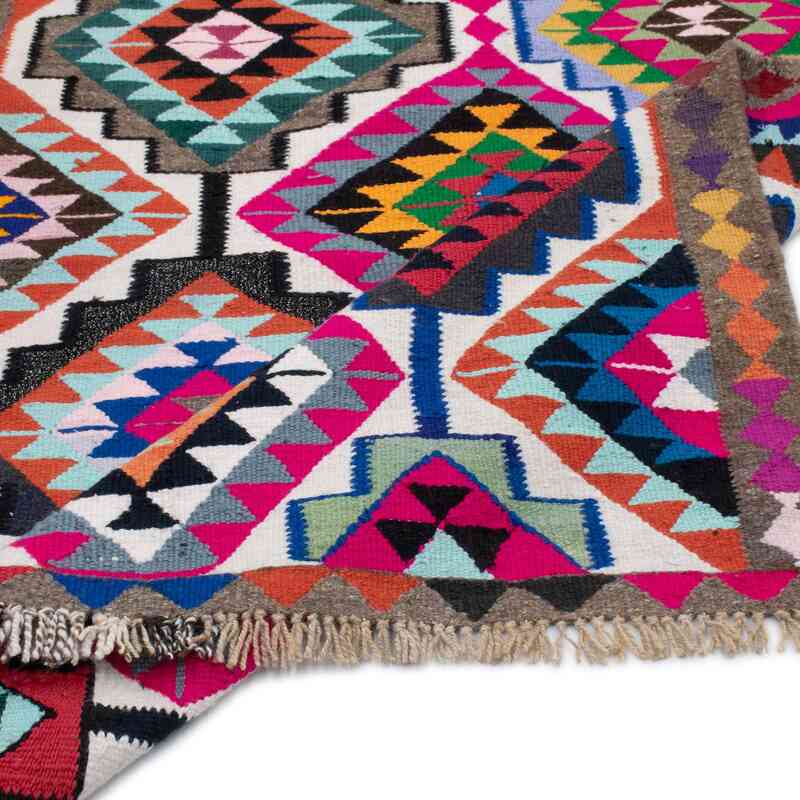
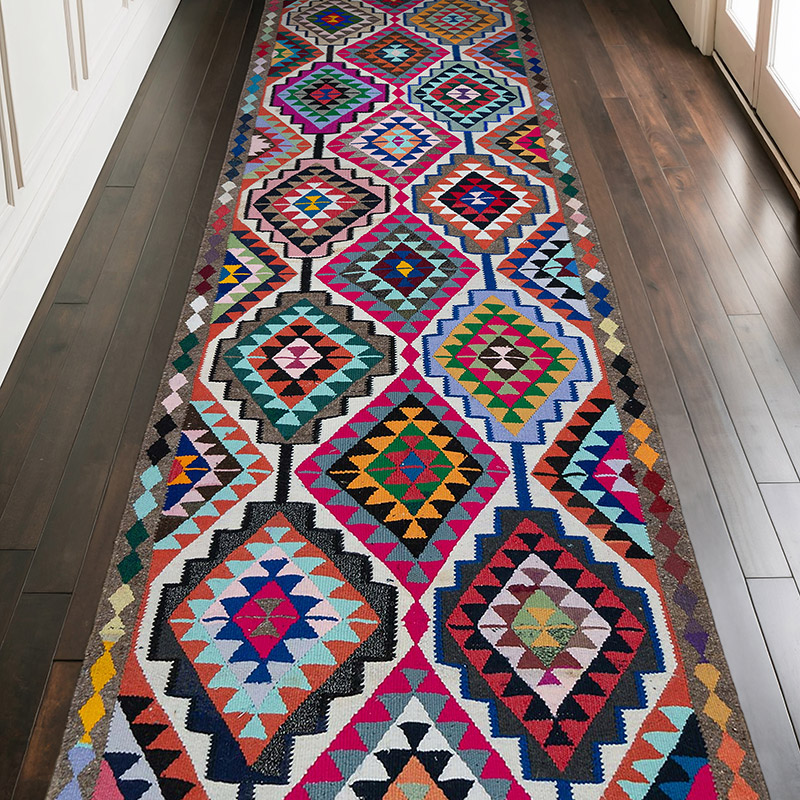
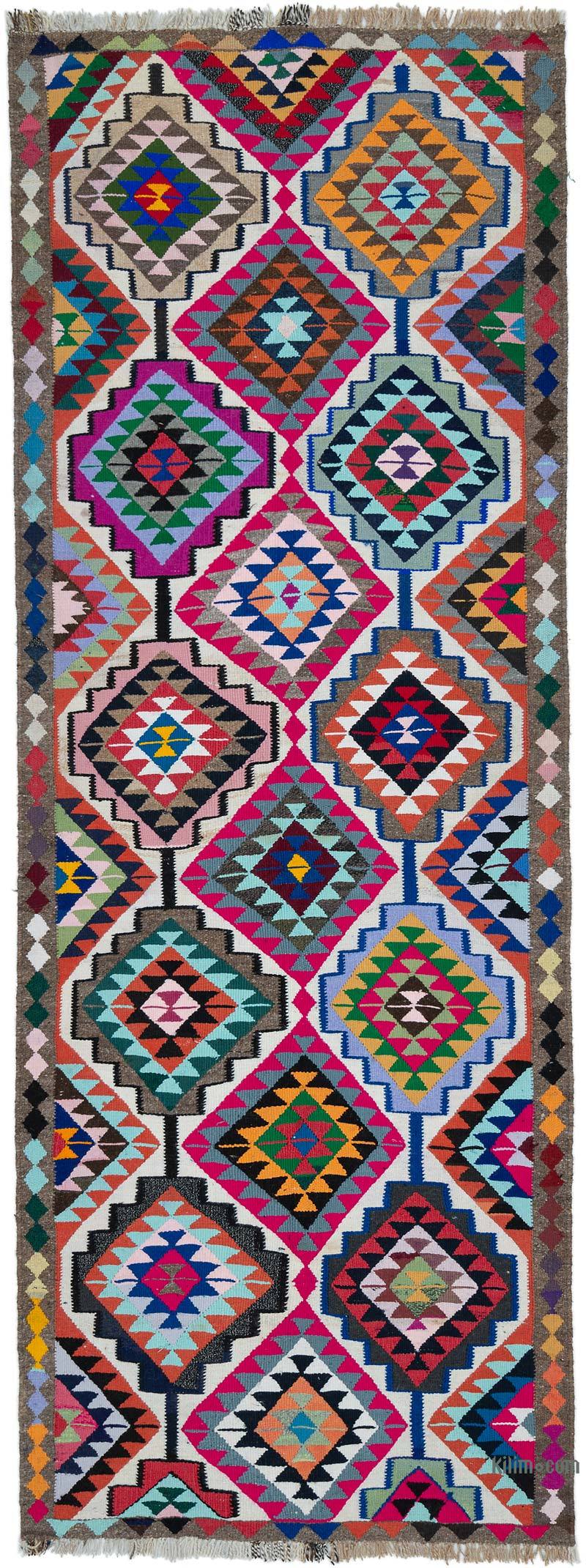


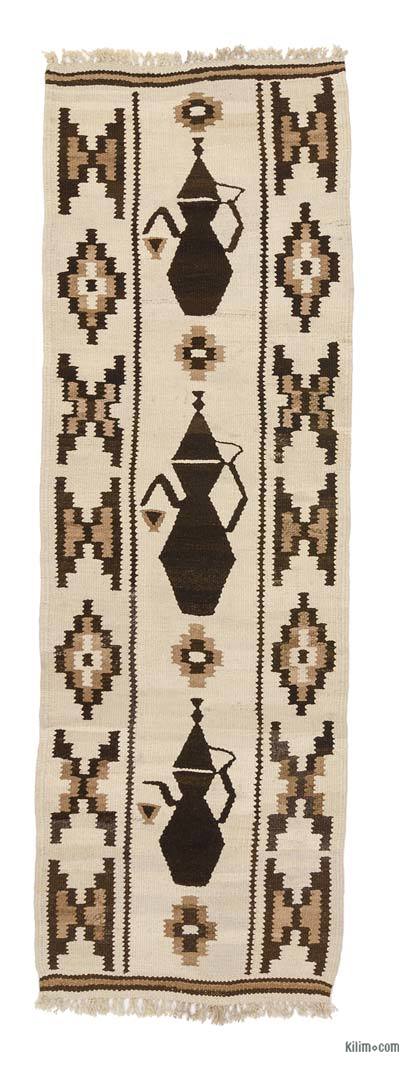
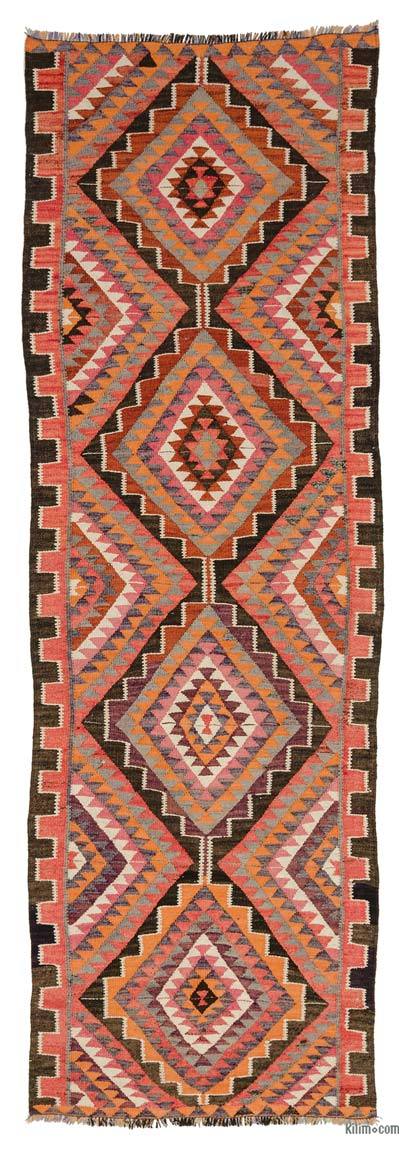

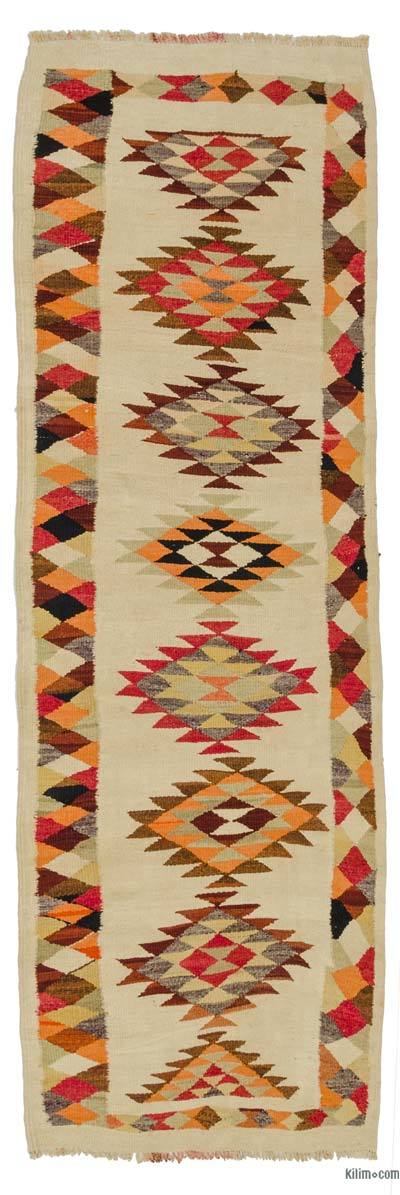


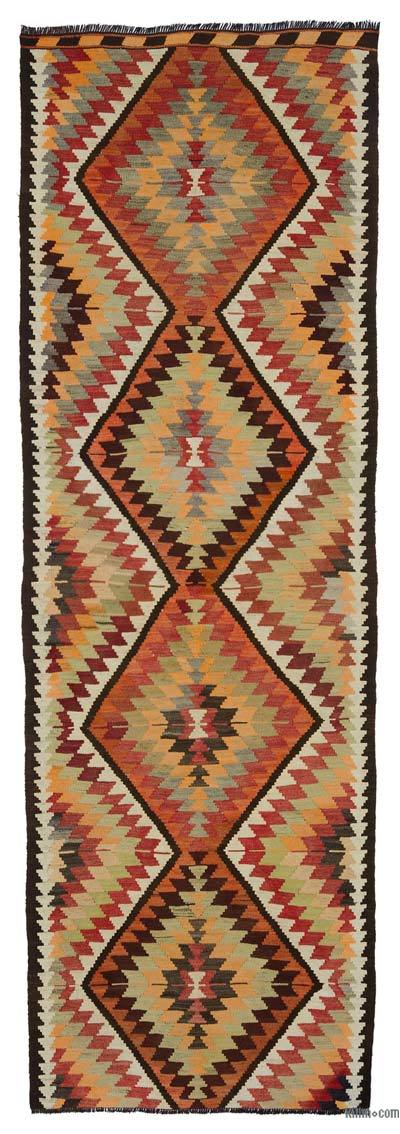






Beautiful product